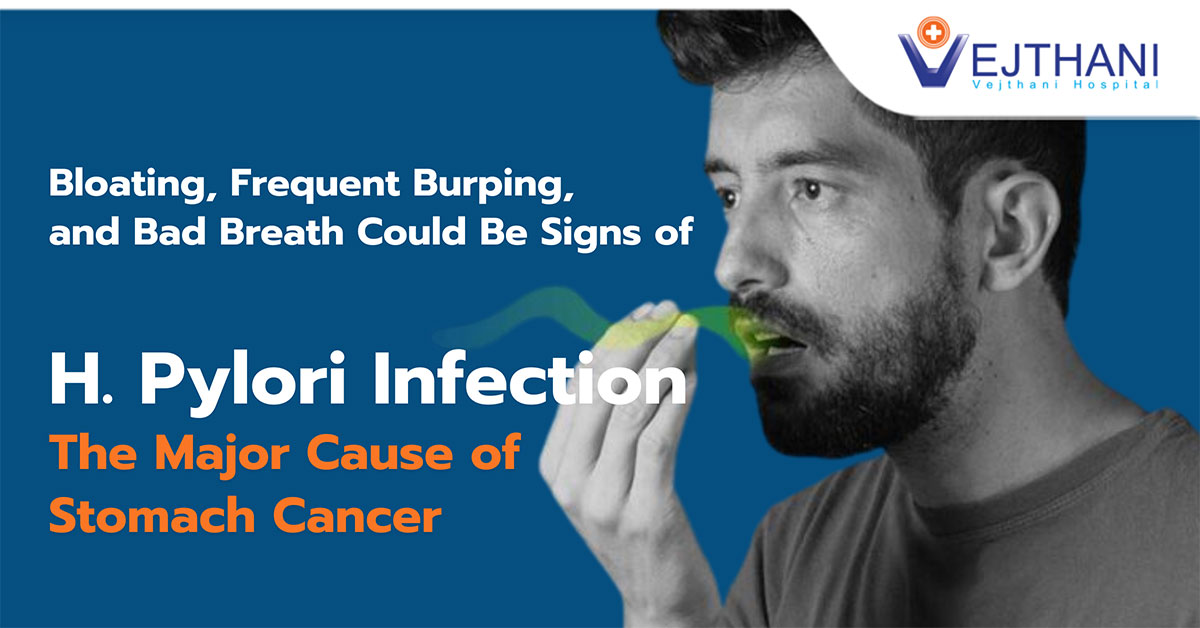
Health Articles
Diphtheria
Diphtheria is a very serious and contagious illness that significantly affects breathing. Usually, children receive a last DTP booster shot at the age of 12 or 13. Adults may receive a booster if needed, as a booster vaccination is recommended for those traveling to areas where diphtheria is still common.
Initial symptoms of diphtheria present about three to five days after exposure to someone else with the germ. Transmission generally occurs by inhaling the droplets of an infected person’s fluids. One’s presence around a person with diphtheria who is sneezing or coughing is usually enough to contract the disease.
Symptoms at first include fever and sore throat. One of the most dangerous aspects of the illness is the formation of a membrane over the throat, the nose, and into the bronchial tubes, which can significantly impact breathing. Swollen glands under the throat worsen breathing problems. Those with diphtheria often have a croup-like cough which cannot be resolved by exposure to night air.
Etiology
Diphtheria is caused by a pathogenic (disease causing) bacterium Corynebacterium diphtheriae (C. diphtheriae). This bacterium multiplies rapidly spreading through the upper respiratory tract where it causes inflammation. In more serious cases C. diphtheriae produces a toxin which can enter the blood stream to involve the heart, brain and nerves.
It is a contagious disease that can be contracted by:
- Inhaling the aerosolized secretions of an infected person – air-borne droplets expelled from the body. Sneezing and coughing are the most frequent ways the infection is spread.
- Direct contact with the secretions from the nose and throat of an infected person.
- Direct contact with a skin ulcer of an infected person.
- Possibly, but very rarely, through contaminated personal or household items.
Risk Factors
Diphtheria is more apparent in:
- Crowded, unsanitary environments.
- People who don’t have immunity against the disease (vaccination.)
- Undernourished individuals.
- Epidemic areas.
Symptoms
Diphtheria has an incubation period of 2-5 days (symptoms will show 2-5 days after the bacteria infect a person), and in some cases up to 10 days. Onset is slow, after which the disease develops rapidly.
Signs and symptoms are:
- Sore throat.
- Difficulty breathing.
- Swollen neck glands.
- Nasal discharge.
- Pain when swallowing.
- Weakness.
- fever
- Gray membrane covering the throat.
- Pallor (skin is pale).
- Listlessness.
- Fast heart rate.
- Hypotension (low blood pressure).
- Bull neck – in about 10% of cases the neck will become very bloated; this is informally referred to as bull neck. There is a higher risk of death when this occurs.
Children will more commonly have nausea, vomiting, chills and a high fever. However, some children will show no symptoms until the infection is more advanced.
Diagnosis
Diphtheria is suspected when individuals show the distinctive signs and symptoms, such as the grey membrane covering the throat and a sore throat.
The diagnosis of diphtheria is confirmed by taking a sample of tissue (swab) from the inside of the throat. An examination of the swab under a microscope will detect the presence of C. diphtheriae.
Doctors who suspect diphtheria do not usually wait for the lab results to come back before starting treatment. The risk of complications is too high. Treatment will usually begin immediately.
Treatment
Diphtheria is treated with two types of medication.
- Antibiotics that kill bacteria and clear up the infection. A course will last 14 days. Antibiotic treatment is usually with penicillins or macrolides.
- Antitoxins that neutralize the diphtheria toxin. A course will last 3 days.
Additionally if the patient experiences trouble breathing doctors will surgically remove part of the gray membrane covering the throat.
Doctors may also to decide to place the patient on a ventilator. Another measure may include intubation – a breathing tube is inserted into the patient.
Close contacts – anybody who had been in close contact with the infected patient will need to be tested for infection. This will include household members, family, close friends, and sexual partners. The doctor will test them for signs and symptoms of the disease, and take throat swabs (for seven days). If necessary, they will be prescribed antibiotics and administered a booster vaccine. Experts say that the risk of infection for work colleagues and classmates is very low.
Preventive Measures
The best way to prevent becoming infected is to keep up-to-date with your shots (vaccinations). It is advisable to take a booster jab when travelling to areas where diphtheria is endemic.























